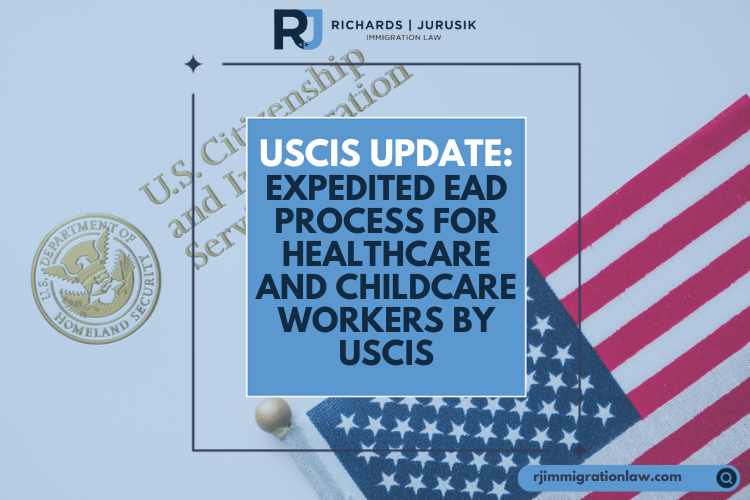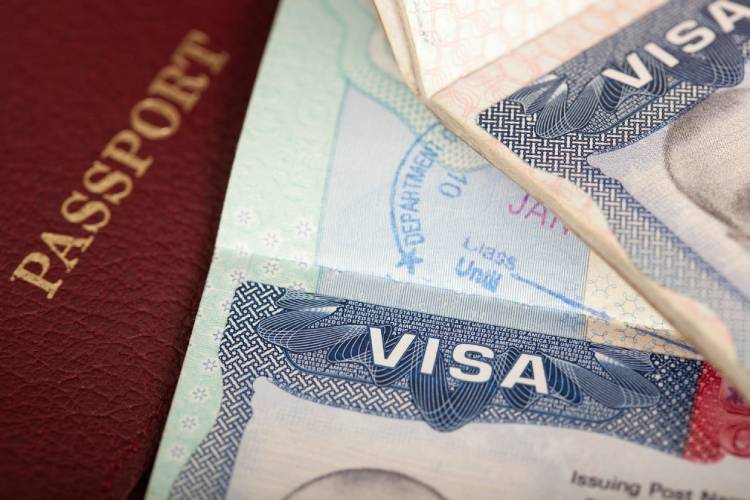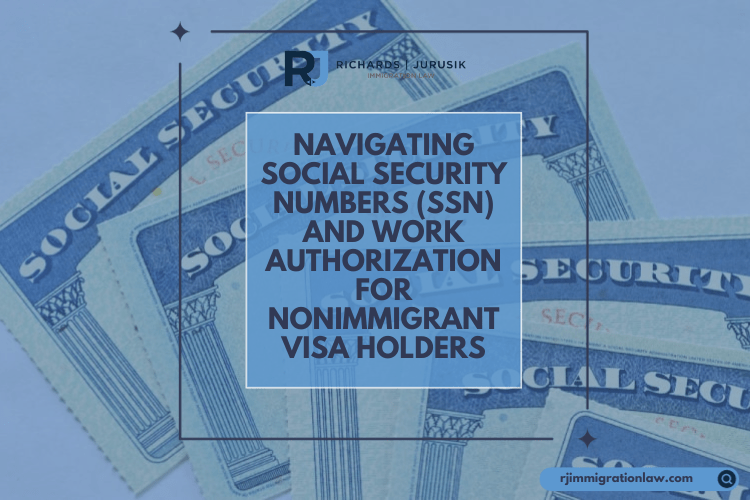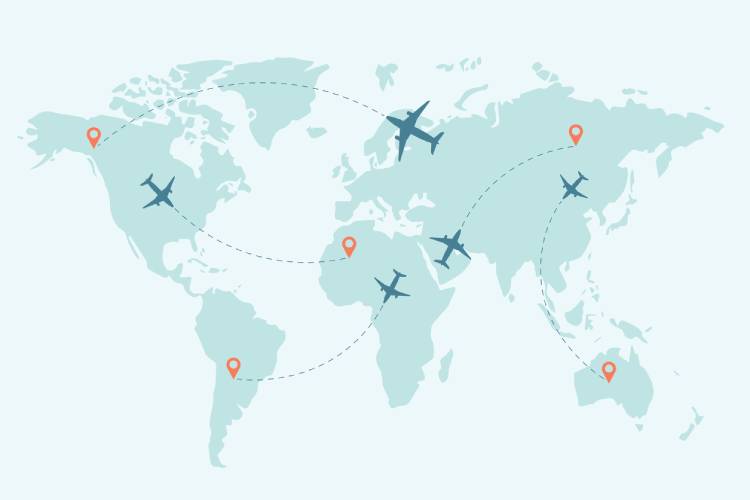The DOS Visa Bulletin is an invaluable resource for those awaiting the issuance of family—and employment-based immigrant visas. Issued monthly by the United States Department of State, this document systematically monitors these visas’ availability and processing times. This post covers the aspects of the Visa Bulletin, making it easier to understand and efficiently track your visa application’s progress.
Understanding the DOS Visa Bulletin
The Visa Bulletin plays a pivotal role in the immigration process, acting as a central tracking system for the annual allocation of immigrant visas. It offers monthly insights into the current processing times at consulates and embassies worldwide. It facilitates applicants’ timely submission of Form I-485 (Application to Register Permanent Residence or Adjust Status) with the U.S. Citizenship and Immigration Services (USCIS).
Your “Priority Date”
One of the most crucial terms in the immigration process is your ‘Priority Date.’ This date is essentially your place in the visa queue. It becomes ‘current’ when it precedes the date listed under your visa preference category in the bulletin or when marked with a ‘C’ for current, indicating that visas are immediately available.
The “Final Action Date” Explained
The ‘Final Action Date’ is critical in determining when an immigrant visa number is available for applicants. If your priority date is before your category’s listed Final Action Date, you are eligible for visa issuance that month. This data is vital to moving forward in the visa or green card process.
“Dates for Filing Applications”: What Does It Mean?
This section of the Visa Bulletin indicates the earliest dates when applicants can submit their Form I-485 for adjustment of status. The National Visa Center (NVC) utilizes these dates to inform applicants when to begin preparing their cases for processing, marking a significant step towards achieving permanent resident status.
Navigating Preference Categories
Immigrant visas are categorized into family-based and employment-based preferences, each with quotas and prioritization. Immediate relatives of U.S. citizens bypass these categories. They are not subject to the visa bulletin’s constraints, whereas other relatives and employment-based applicants are allocated visas based on specific categories and percentages.
The Impact of Country of Birth
A unique aspect of the Visa Bulletin is that it considers an applicant’s country of birth, rather than citizenship, in determining filing dates and eligibility. In some instances, leveraging your spouse’s country of birth may offer a strategic advantage in expediting your green card approval.
Estimating Your Wait Time
To gauge your position in the visa queue, compare your priority date with the dates listed for your preference category in the bulletin. This comparison can provide a rough estimate of your waiting period before visa availability.
Filing for Adjustment of Status
If you’re currently in the U.S. on a valid immigration status, you can file Form I-485 for an adjustment of status once your priority date precedes the ‘Dates for Filing Applications.’ It’s advisable to cross-reference the DOS Visa Bulletin with the USCIS Adjustment of Status Filing Charts before submitting your application to ensure accuracy and timeliness.
Citations
- USCIS: Adjustment of Status Filing Charts from the Visa Bulletin
- USDOS: The Visa Bulletin
- USCIS: Form I-485 Adjustment of Status
- USDOS: National Visa Center
- Time and Date Calculator
We Can Help!
You may have questions regarding U.S. immigration laws and visas. We invite you to contact our team at Richards and Jurusik for detailed guidance and assistance. We aim to provide the most accurate and up-to-date information to make your immigration process smoother and less stressful. The immigration lawyers at Richards and Jurusik have decades of experience helping people to work and live in the United States. Read some of our hundreds of 5-star client reviews! Contact us today to assess your legal situation.







